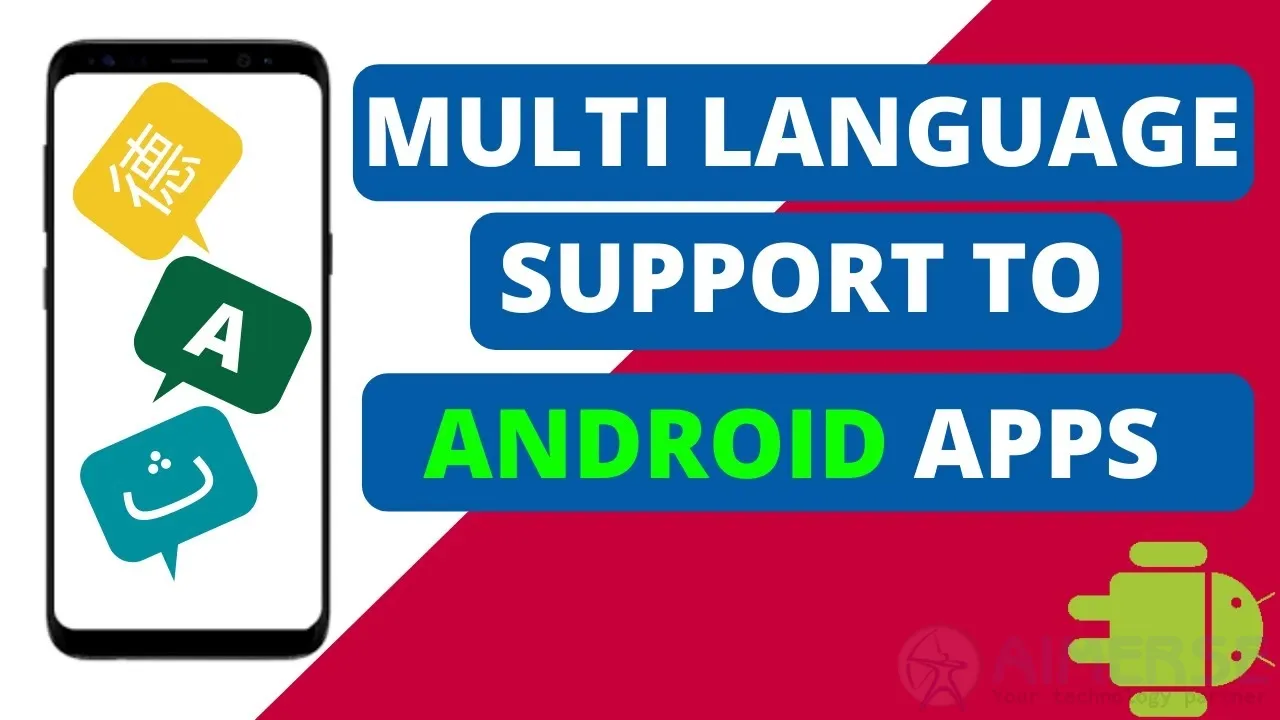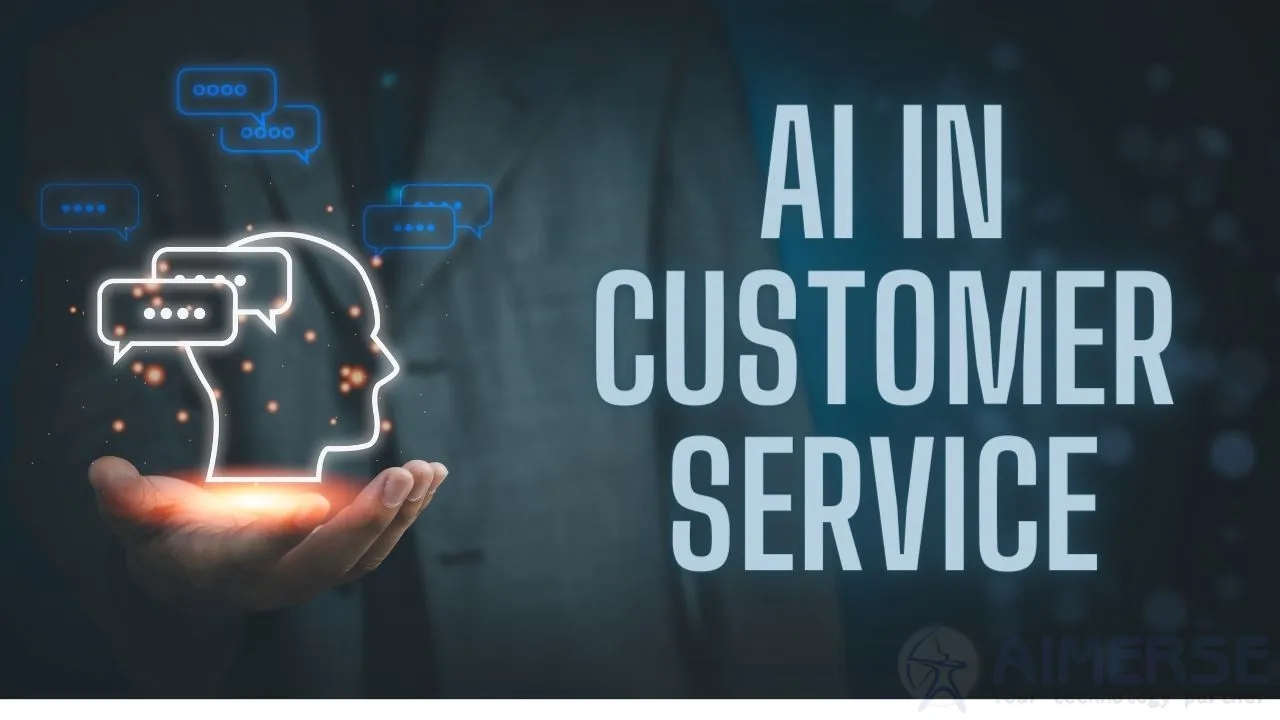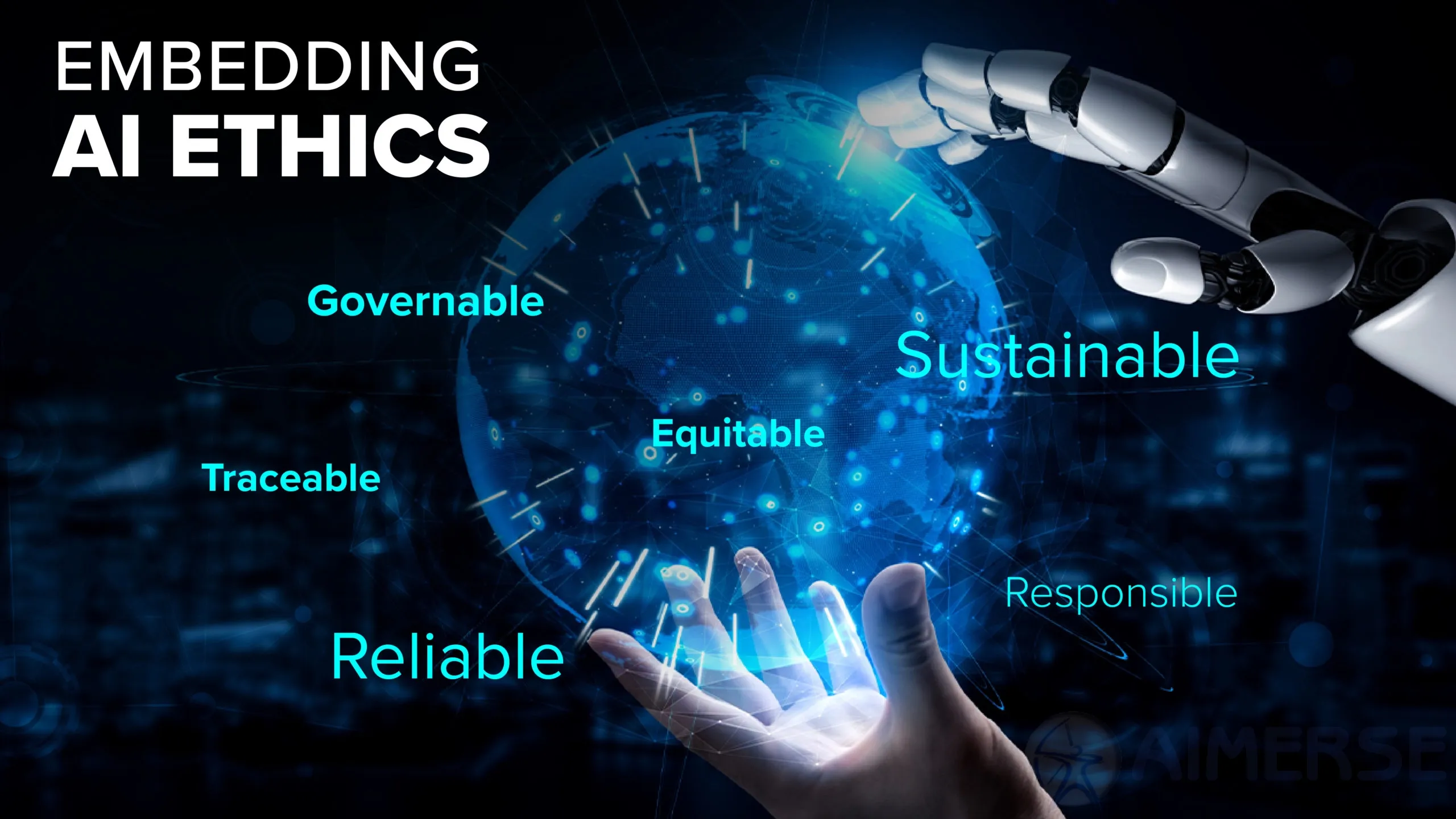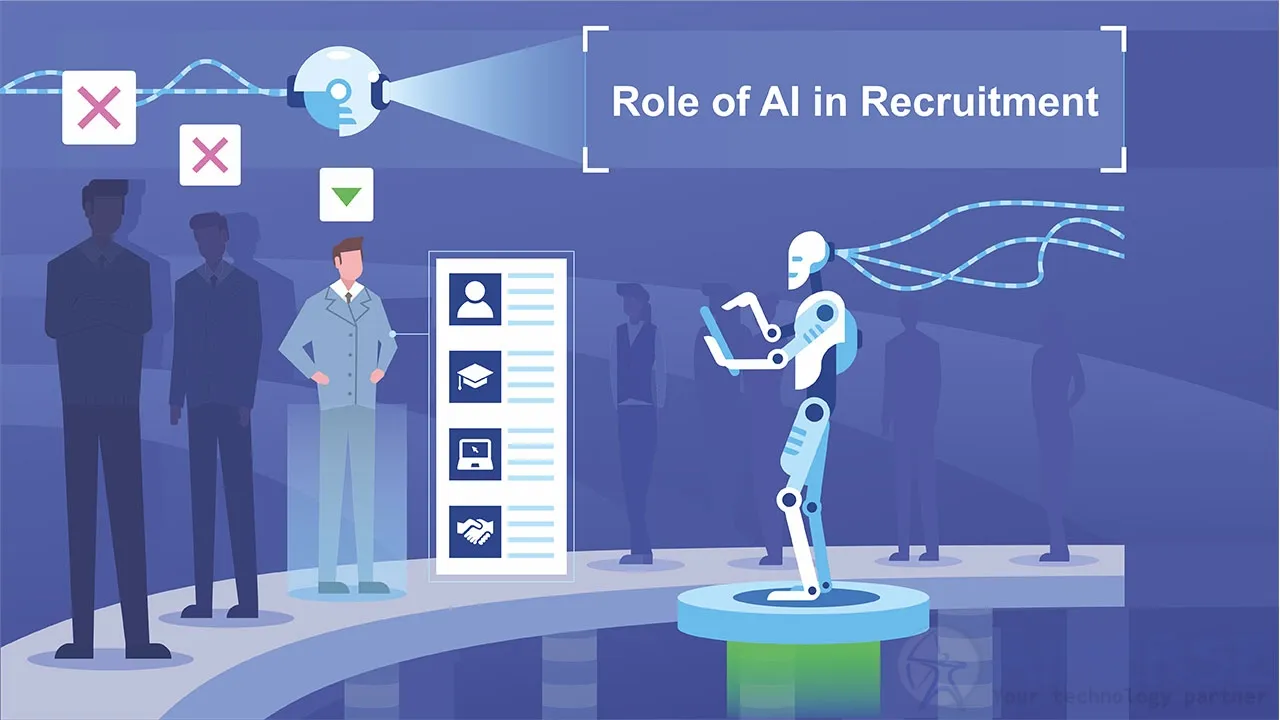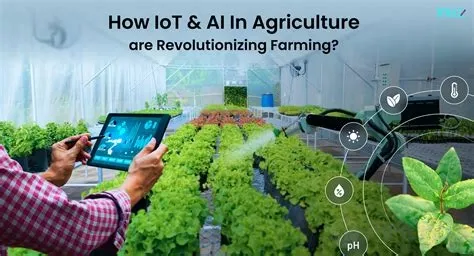Developing Multi-Language Support in Applications.
Today, applications need to be multi-language for this diversified and global audience. It is a significant aspect of marketing toward a global audience by maintaining an effective user experience, expanding the reach of the market, and building the interest of the user through localization strategies.
Internationalization and Localization
- Internationalization (i18n): It refers to the designing and preparation process of your application to support more than one language and regional setting without any engineering changes.
- Localization (l10n): The process of making your application native to a language and culture, including translation of text and adaptation of date and time formats, currency formats, and so much more.
Best Practices for Multi-Language Support Implementation
-
Plan Your Language Strategy:
- Research your target audience and understand the languages and regions they belong to. This will guide the choice of languages to support and inform cultural considerations.
-
Choose the Right Technology Stack:
- Libraries or frameworks to select supporting internationalization must be made. For example, react-intl can help for localization issues while working in React.js but internationalization can easily be carried on in natively supported ways through Django.
-
Text Resources are made External:
- Every user-view text must go inside external files so that its translations are performed simply, without requiring the underlying application code modification.
-
Implement a Change Language Button/Link:
- Ease the ability to choose the user's preferred language. This makes the application more accessible and user-friendly.
-
Text Expansion Adaptation in User Interface:
- Design your application's UI for the size of text length when translation occurs so that it doesn't cause any layover issues and is readable.
-
Cultural Considerations:
- Keep in consideration cultural differences such as color meaning, icons, and imagery so that your application rings with users belonging to various cultures.
Implementing Multi-Language Support in Various Technologies
-
React.js:
- Use libraries like react-intl or i18next to handle translations and formatting. They offer components and APIs that can be used to integrate internationalization into your React applications.
-
Node.js:
- You can easily set up server-side localization by using middleware libraries like i18next. That way, your whole application supports uniform languages.
-
Python Django:
- You can leverage the internationalization framework in Django, which contains utilities to translate text, format dates and numbers, and to manage locale-specific data.
-
Laravel:
- The language lines are defined separately in different files, using Laravel localization features. They become really easy and easy to translate.
-
Java Spring Boot:
- Message Source Beans can handle externalized messages. The locale would be determined dynamically by using the locale resolvers for the user.
The requirement of the hour is multi-language support in your applications to offer an inclusive and engaging user experience to the global audience. You can easily localize your application to cater to the needs of diverse users with proper best practices frameworks and libraries.
Aimerse Technologies is in the field of tailoring software solutions based on all the key technologies available - React.js, Node.js, Python Django, Laravel, and Java Spring Boot. This gives your application multi-language support, which will really help in engaging with users and reaching out to more people worldwide.
